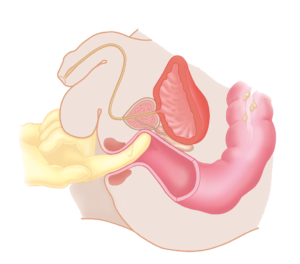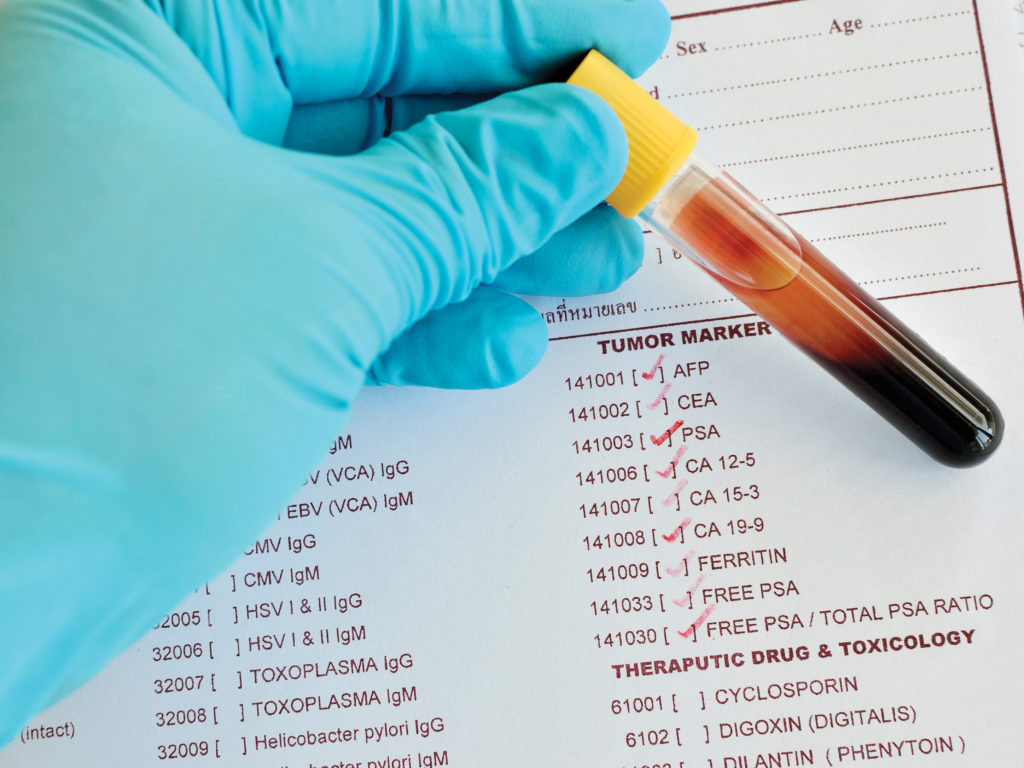PSA is made by the prostate and some of it leaks into the blood. A small sample of blood is taken from a vein in the arm and sent to a laboratory to measure the level of PSA. You may be advised to avoid strenuous exercise and sexual activity for 48 hours before taking a PSA test as it could affect the results. It is also important to tell your doctor about any other medication or procedures you have had as these could also affect your PSA.
For those aged between 50 and 69, a PSA level of above 3 nanograms per millilitre is considered raised. However, only one in four men with a PSA level between 4 and 10 micrograms per litre has prostate cancer. There are various reasons for a raised PSA level. A high PSA does not necessarily mean you have cancer, nor does a lower level mean you do not.
As it is generally felt that the PSA test is an insufficiently accurate indicator of prostate cancer, you may find it helpful to undergo regular PSA tests to detect any changes early. Any man over the age of 50 is entitled to a free PSA test under the NHS informed choice programme, called Prostate Cancer Risk Management.

